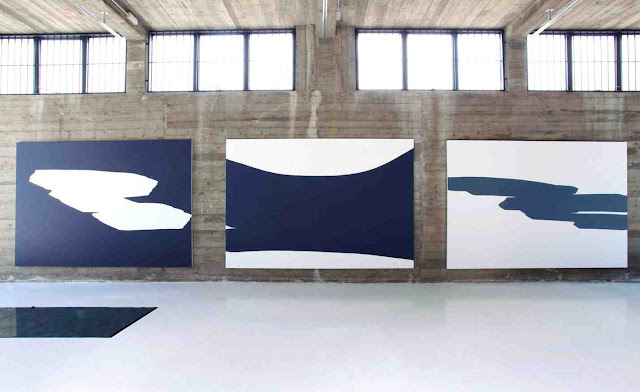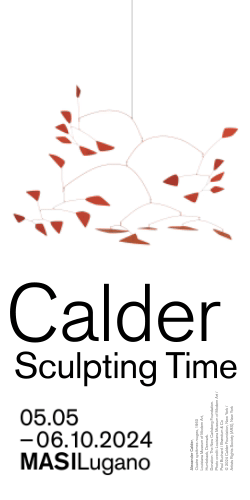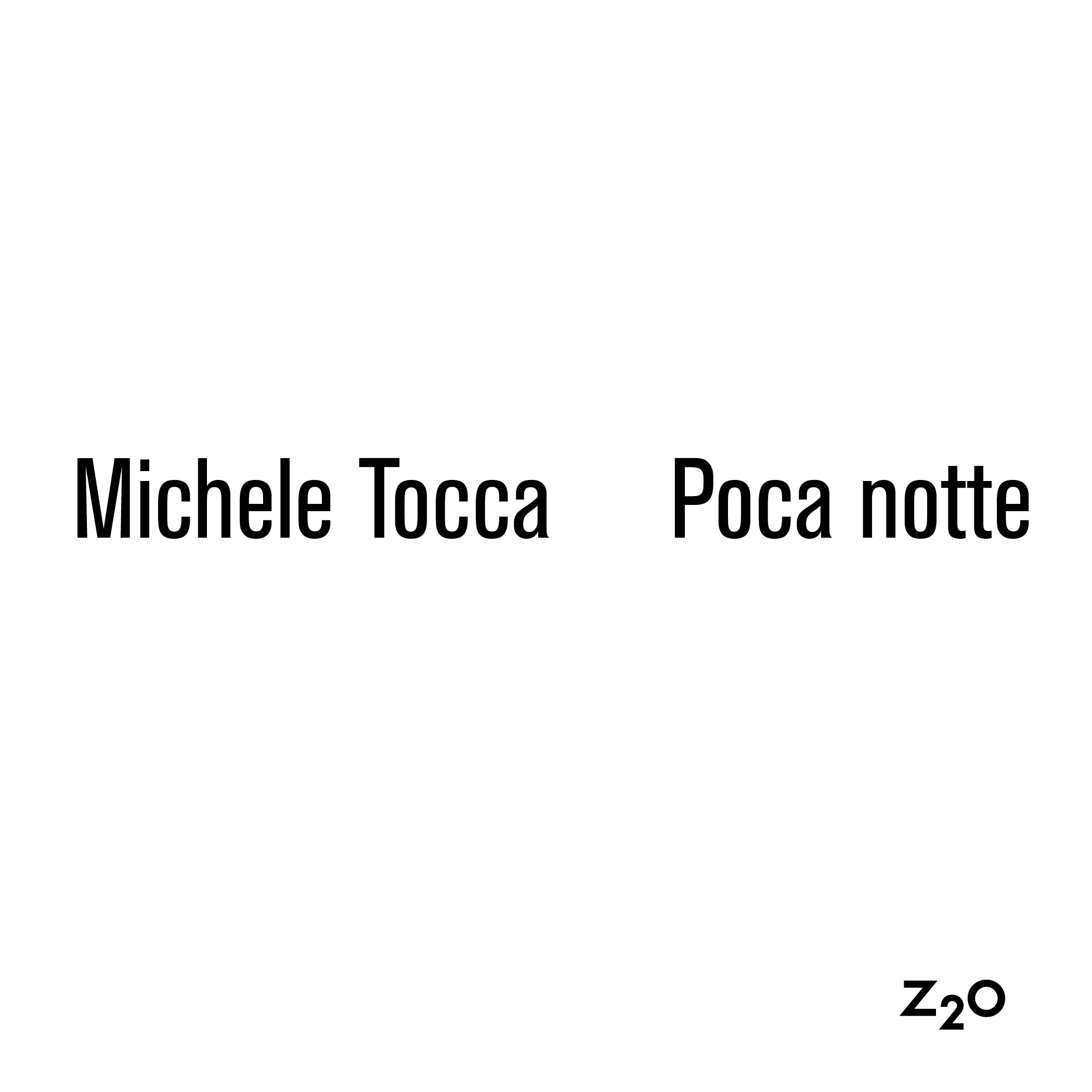***
Ricordare il futuro: La pittura insistente di Priscilla Tea
di Andreas Angelidakis
E’ un momento curioso per la pittura che sembra stia passando attraverso un rinnovato interesse, come parte del ciclo che attraversa il mondo dell’arte più o meno ogni 15 anni. Nel tentativo di capire il momento attuale, penso ad una mostra di pittura che ho visitato recentemente, di un noto artista americano a Berlino, ed a come non potevo smettere di pensare: “questa mostra sarebbe meglio vista su iPad”. Si aveva l’impressione che i quadri non avessero avuto bisogno di esistere nello spazio della galleria, le opere avrebbero potuto essere fotografie da sfogliare su un touch- screen, ogni dettaglio catturato perfettamente in pixel.
I dipinti di Priscilla Tea esistono semplicemente in uno spazio oltre questo schermo, uno spazio che é molto piú in là. Sono dipinti che capiscono questa condizione, ed in qualche modo riescono a parlarne senza nemmeno un accenno ad hardware o software. Spesso raffigurano paesaggi, a volte ai margini delle città, anche se non si é sempre sicuri di ciò che si stia guardando. Se si fissa a lungo un’immagine su uno schermo senza sbattere le ciglia e poi si chiudono gli occhi, quello che si vedrebbe per un istante, la memoria dell’immagine che si stava osservando, è in qualche modo vicino all’argomento che Priscilla Tea sembra catturare. Dipinti che fissano sulla tela immagini di memorie in parte cancellate, attraverso uno spesso strato di pittura sopra l’altro. Paesaggi astratti di pensieri e di negazioni, skate parks e palme in blu e bianco, questi dipinti appaiono come segnali stradali nel flusso di immagini dal nostro subconscio.
Studiando questi paesaggi di memorie radicalmente minimizzate, improvvisamente sento il bisogno di immaginare che siano stati creati al computer, posso quasi riconoscere il software con cui sono stati eseguiti, quasi ma non del tutto, questo software esiste solo su un livello al di sotto della mia coscienza, se questo fosse mai possibile. Possiamo abbozzare disegni nel nostro subconscio? Potremmo mai avere anche computers subconsci? Queste sarebbero le loro immagini.
Attraverso questo software invisibile, possiamo quasi riconoscere luoghi che abbiamo giá visto, possiamo visualiz- zare skate park e piscine di periferia, abbiamo quasi una percezione del continuo sentirsi ai margini della città, in una periferia abbandonata silenziosamente. Ma forse stiamo solo immaginando tutto questo, forse questi dipinti sono solo linee, blocchi di colore e forme. Forse questi sono quadri astratti, dopotutto.
Anche se dubitiamo su cosa qui sia veramente mostrato, per qualche motivo le immagini persistono come fossero residui retinici di schermi e paesaggi.
Quando si guardano i quadri di Priscilla Tea dal vivo, la superficie della tela manifesta un’insistenza quasi assurda nelle forme di questi luoghi, perché queste linee dell’orizzonte e paesaggi suburbani sono dipinti più e più volte tanto che la pittura finalmente acquisisce una profondità tale che diventa essa stessa un luogo.
Questa sottile contraddizione su come si percepiscano i dipinti online e l’esperienza degli stessi nello spazio fisico è forse uno dei modi in cui possiamo apprezzare la pittura oggi. All’oggetto fisico è permesso di essere più che la sua rappresentazione. La pittura non è più solo un’immagine, e’ un oggetto fisico, un luogo persino, e magari Priscilla Tea stà già preparando il terreno per luoghi di cui sentire questa nostalgia. L’opera comprende la condizione contempo- ranea del guardare a troppe immagini su schermi durante tutto il corso del giorno, il continuo confondere l’opera con la sua riproduzione meccanica.
Il dilemma della pittura nell’epoca degli schermi persiste.
Anche in fiere d’arte, dove si passeggia per guardare opere, molto spesso il luogo più comune in cui vedrete il maggior numero di dipinti è sugli schermi della miriade di iPad che gli art dealers hanno adottato nel loro tentativo di vendere di più. Navigare tra i dipinti su un iPad è più facile e talvolta più piacevole che girare fra gli stand. Tutto è incisivo e bello sullo schermo di un iPad, meglio che sulle pagine delle riviste d’arte. Quindi cosa può offrire un dipinto che la fotografia non offra meglio? E cosa accadrà ai dipinti quando le nostre pareti diventeranno touchscreen?
Anche in fiere d’arte, dove si passeggia per guardare opere, molto spesso il luogo più comune in cui vedrete il maggior numero di dipinti è sugli schermi della miriade di iPad che gli art dealers hanno adottato nel loro tentativo di vendere di più. Navigare tra i dipinti su un iPad è più facile e talvolta più piacevole che girare fra gli stand. Tutto è incisivo e bello sullo schermo di un iPad, meglio che sulle pagine delle riviste d’arte. Quindi cosa può offrire un dipinto che la fotografia non offra meglio? E cosa accadrà ai dipinti quando le nostre pareti diventeranno touchscreen?
Nei dipinti più recenti di Tea, le memorie dei luoghi che dipinge sembrano essere annegate, bruciate, cancellate da aggressive linee diagonali sopra di loro. Questo annullamento è un luogo di per sé, costruito da una lenta e sicura pen- nellata senza fine, quasi maniacalmente ripetuta che completa un’immagine solida ed effimera al contempo. Questa è la pittura nel momento in cui la nostra cultura ha completamente digerito la propria rivoluzione digitale, lo schermo e la realtà sono un’unica cosa, amici online sono fantasmi offline, e noi sopravviviamo ogni giorno in un torrente senza fine di immagini, tutte sparite nel momento in cui chiudiamo gli occhi, eccetto forse quei paesaggi insistenti di Priscilla Tea.
Atene – Gennaio, 2012
Priscilla Tea
Gloria Maria Gallery, Milano
Mostra in corso fino al 20 luglio
***
Remember the future: The insistent painting of Priscilla Tea
by Andreas Angelidakis
It is a curious moment for painting which seems to be going through renewed interest, part of the cycle through the art world every 15 years or so. In trying to understand the current moment, I think of a recent painting show I visited, a well known american in berlin artist, and I could not help thinking: This show would look better on an iPad. It seemed that the paintings didn’t really need to exist in the space of the gallery, they could just as well be photos flipped through on a touch screen, their every detail perfectly captured on pixel.
The paintings of Priscilla Tea exist quietly in a space beyond this screen, in a space that is just so much further away. They are paintings that understand this condition, and somehow manage to speak about it without even a mention of hardware or software. They often depict landscapes, sometimes on the edge of towns, though you are not always sure what you are looking at. If you stared long at a screen image without blinking and then closed your eyes, what you would see for an instant, the memory of the image you were looking at, is somehow close to the subject matter of what Priscilla Tea seems to be capturing. Paintings that embed half-erased memories of images on canvas with thick layer upon thick layer of paint. Abstract landscapes of thoughts and negation, skate parks and palm trees in white and blue, these paintings appear as traffic signs from our subconscious image stream.
Studying these radically minimized landscapes of memory, suddenly I have the urge to imagine that they were made on a computer, I almost can recognize the software that made them, almost but never completely, this software exists just one level below my consciousness, if that was ever possible. Could we sketch in our subconscious? Could we even have subconscious computers? This is what their images would look like.
Through this invisible software, we almost recognize places we have seen before, we almost visualize skate parks and suburban swimming pools, we almost have a sense of the continuous feeling of being on the edge of town, in a softly abandoned suburbia. Yet maybe we are just imagining these, maybe these paintings are just lines and blocks of color and some shapes. Maybe these are abstract paintings after all. Even if we doubt what is really shown here, somehow the images linger, like retinal residue from screens and landscapes.
When you look at Priscilla Tea’s paintings in real life, the surface of the canvas manifests an almost absurd insistence in the shape of these places, because these horizon lines and suburban landscapes are painted over and over so many times that the paint finally acquires a physical depth, the paint itself becomes a place.
This sharp contradiction on how one perceives the paintings online and how one experiences them physically is per- haps one of the few ways we can enjoy painting today. The physical object is allowed to be more than it’s representa- tion. The painting is no longer just an image, it is a physical object, a place even, and perhaps Priscilla Tea already is just preparing the ground for places for which to feel this nostalgia. The work understands the contemporary condition of looking at too many images on screens all day long, of continuously mistaking the real work for it’s mechanical re- production.
The question of painting in the age of the screen persists.
Even in Art fairs, where you walk around to see art, often times the place where you’ll see the most paintings is on the screens of the myriad ipads that art dealers have adopted in their quest to sell more. Browsing paintings on an ipad is easier and sometimes more pleasurable that walking about. Everything is crisp and looks good on the ipad screen, better than the pages of art magazines. So what can a painting offer that it’s photograph doesn’t offer better? And what will happen to paintings when our walls become touchscreens?
In Tea’s most recent paintings, the memories of the places she paints seem to have drowned, burned out, cancelled by aggressive diagonal lines over them. This cancellation is a place in itself, built up by slow, sure, endlessly, almost maniacally repeated brushstrokes that complete a solid yet ephemeral image. This is painting at the moment when our culture has completely digested it’s digital revolution, screen and reality are one, online friends are offline ghosts, and we survive every day in an endless torrent of images, all gone by the time that we close our eyes, except perhaps those insistent landscapes by Priscilla Tea.













